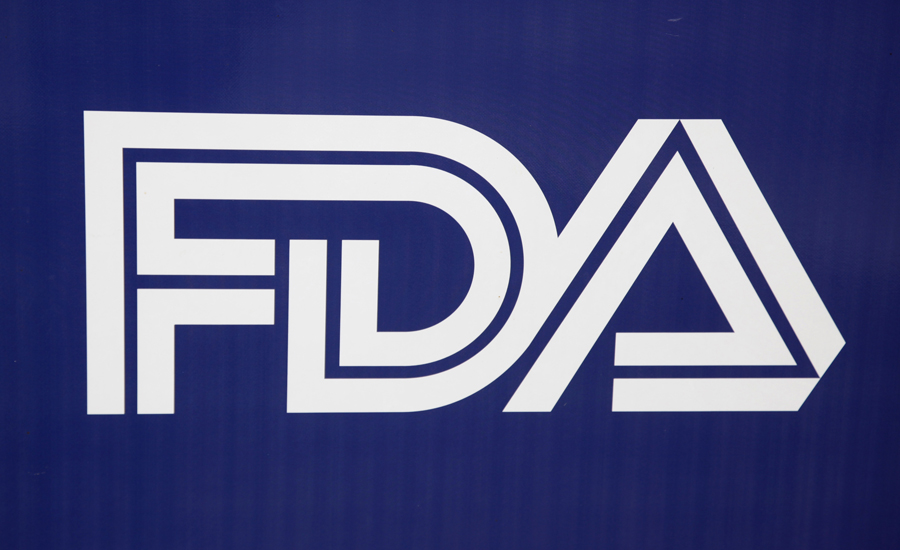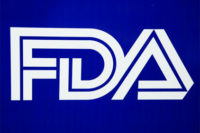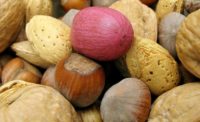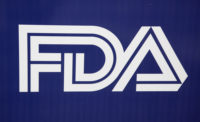FDA issues guidance on how to reduce acrylamide in food

FDA has issued a final guidance detailing how growers, manufacturers, and food service operators can reduce acrylamide levels in certain foods.
Acrylamide is a chemical that can form in some foods during certain types of high-temperature cooking. Reducing acrylamide levels in foods may mitigate potential human health risks from exposure to acrylamide. The FDA guidance suggests a range of possible approaches to reducing acrylamide levels but is not intended to identify specific recommended approaches. Specifically, the guidance focuses on raw materials, processing and ingredients related to cereal-based foods, potato-based foods and coffee.
The guidance does not identify any specific maximum recommended level or action level for acrylamide. FDA will update the guidance as needed to reflect new developments in the field of acrylamide reduction.
Acrylamide is a chemical compound that typically forms from sugars and amino acids in starchy food products during high-temperature cooking, including frying, baking and roasting. It was first detected in foods in April 2002, though it’s likely to have always been present. Common sources of acrylamide include coffee, fried potato products, biscuits, crackers and crisp breads, soft bread and certain baby foods. The main chemical process that causes this is known as the Maillard Reaction; it is the same reaction that ‘browns’ food and affects its taste.
Looking for a reprint of this article?
From high-res PDFs to custom plaques, order your copy today!








